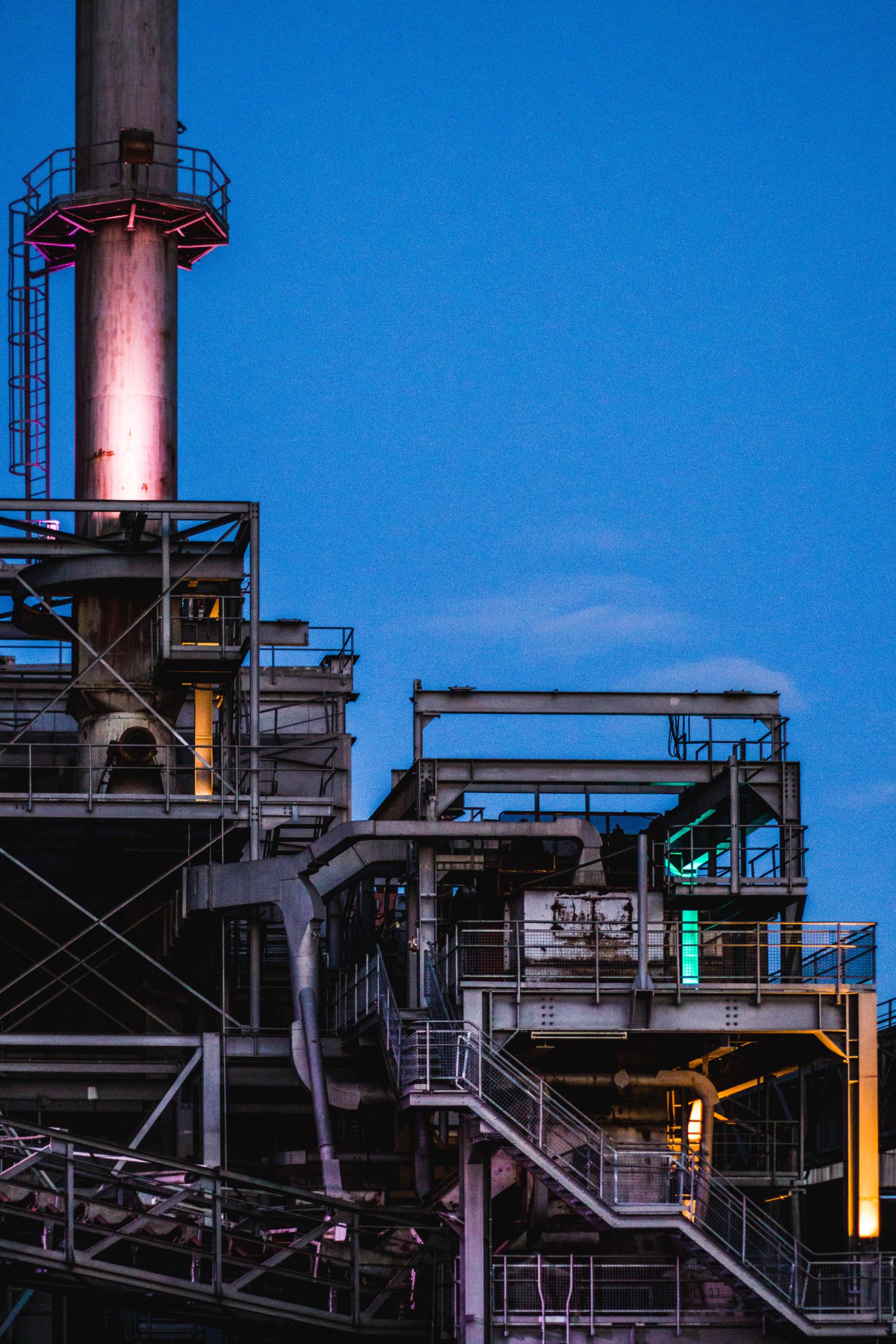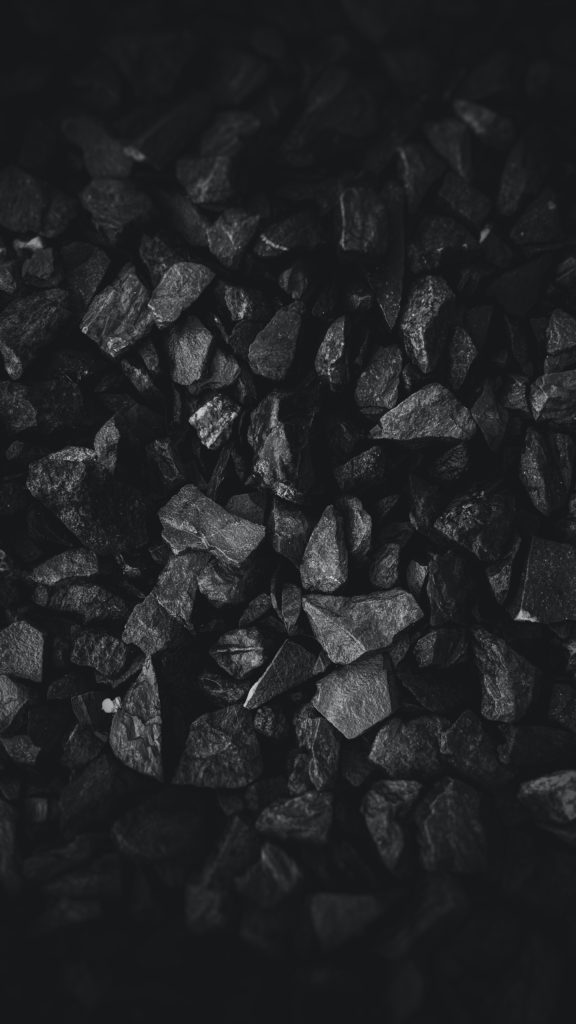Key Takeaways
– A bed dryer is a useful tool for drying various materials, including grains, seeds, and herbs.
– The bed dryer operates by circulating heated air through a bed of material, allowing for efficient and uniform drying.
– Proper maintenance and monitoring are essential for optimal performance and safety of the bed dryer.
– Different types of bed dryers are available, including batch dryers and continuous flow dryers.
– The bed dryer industry is constantly evolving, with advancements in technology and energy efficiency.
Introduction
Drying is an essential process in various industries, including agriculture, food processing, and pharmaceuticals. One of the most efficient and effective methods of drying is through the use of a bed dryer. A bed dryer is a specialized equipment that circulates heated air through a bed of material, allowing for quick and uniform drying. In this article, we will explore the concept of a bed dryer, its operation, different types available, and the importance of proper maintenance. Whether you are a farmer, a food processor, or a researcher, understanding the fundamentals of a bed dryer can greatly benefit your operations.
The Operation of a Bed Dryer
A bed dryer operates by creating a controlled environment where heated air is circulated through a bed of material. The material to be dried is spread evenly on a perforated tray or conveyor belt, allowing for maximum exposure to the circulating air. The heated air absorbs moisture from the material, and the moisture-laden air is then expelled from the dryer. This continuous circulation of heated air ensures efficient and uniform drying of the material.
The Importance of Proper Maintenance
Proper maintenance is crucial for the optimal performance and safety of a bed dryer. Regular cleaning of the dryer’s components, such as the trays or conveyor belts, prevents the buildup of debris and ensures smooth operation. Additionally, regular inspection of the heating elements and fans helps identify any potential issues before they escalate. It is also important to monitor the temperature and humidity levels within the dryer to ensure that the drying process is efficient and effective. By investing time and effort in maintenance, you can prolong the lifespan of your bed dryer and avoid costly repairs or replacements.
Types of Bed Dryers
There are different types of bed dryers available, each with its own advantages and applications. One common type is the batch dryer, which is suitable for drying small to medium quantities of material. Batch dryers are often used in research laboratories or small-scale production facilities. Another type is the continuous flow dryer, which is designed for large-scale drying operations. Continuous flow dryers allow for a continuous feed of material, ensuring a constant output. These dryers are commonly used in industries such as agriculture and food processing, where large quantities of material need to be dried efficiently.
Advancements in Bed Dryer Technology
The bed dryer industry is constantly evolving, with advancements in technology and energy efficiency. Modern bed dryers are equipped with sophisticated control systems that allow for precise monitoring and adjustment of temperature, airflow, and humidity levels. This not only ensures optimal drying conditions but also reduces energy consumption and operating costs. Additionally, there have been advancements in the design of bed dryers, with a focus on improving airflow distribution and reducing drying time. These advancements have made bed dryers more efficient and reliable, benefiting industries that rely on drying processes.
The Future of Bed Dryers
As technology continues to advance, the future of bed dryers looks promising. Researchers and engineers are exploring innovative ways to improve drying efficiency and reduce environmental impact. For example, there is ongoing research on the use of renewable energy sources, such as solar or biomass, to power bed dryers. This not only reduces reliance on fossil fuels but also contributes to a more sustainable and eco-friendly drying process. Furthermore, advancements in sensor technology and data analysis are enabling real-time monitoring and optimization of drying processes, leading to increased productivity and quality control.
Conclusion
In conclusion, a bed dryer is a valuable tool for drying various materials efficiently and uniformly. Understanding the operation and maintenance of a bed dryer is essential for maximizing its performance and ensuring safety. Different types of bed dryers cater to different needs, from small-scale research to large-scale production. The bed dryer industry is continuously evolving, with advancements in technology and energy efficiency. By staying informed about the latest developments, you can make informed decisions and optimize your drying processes. So, whether you are a farmer looking to dry grains or a researcher studying the drying characteristics of herbs, a bed dryer is a versatile and indispensable tool in your arsenal.



